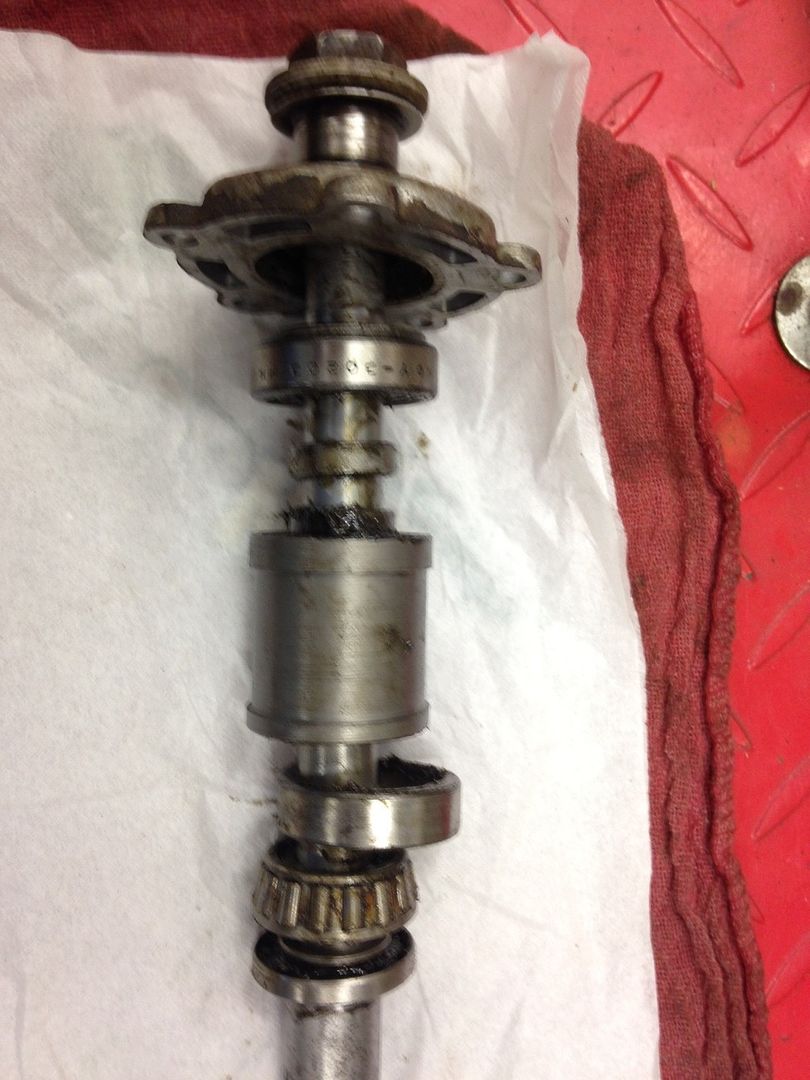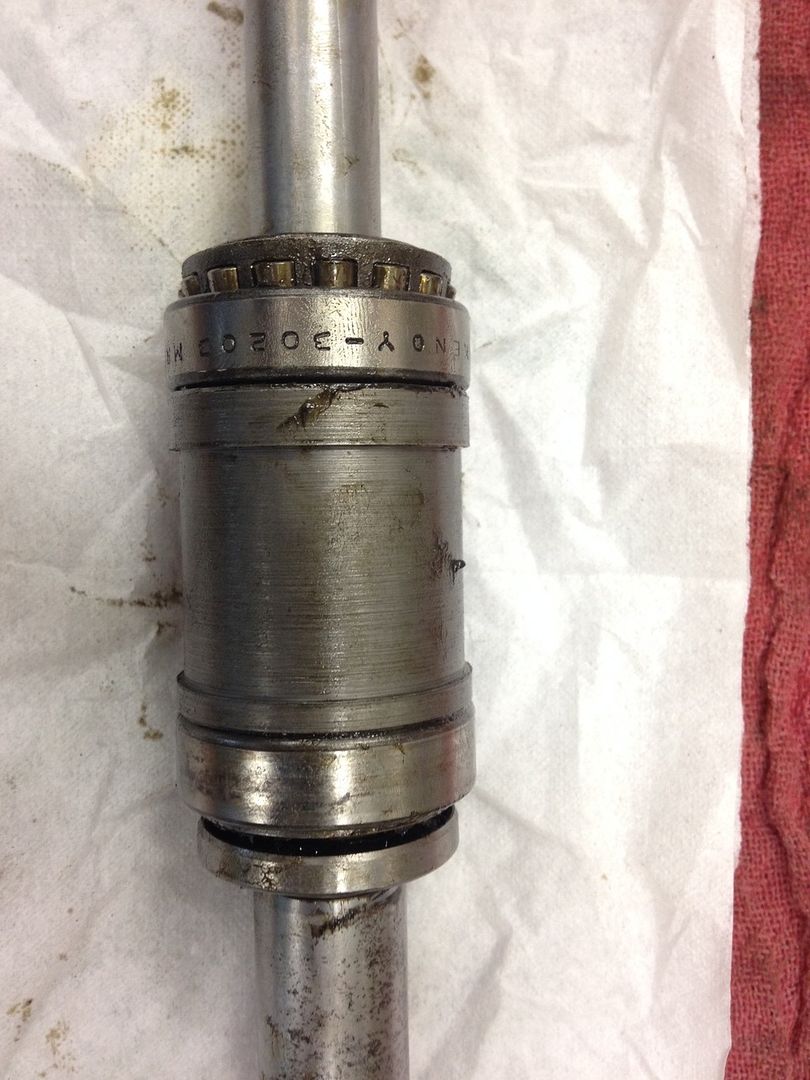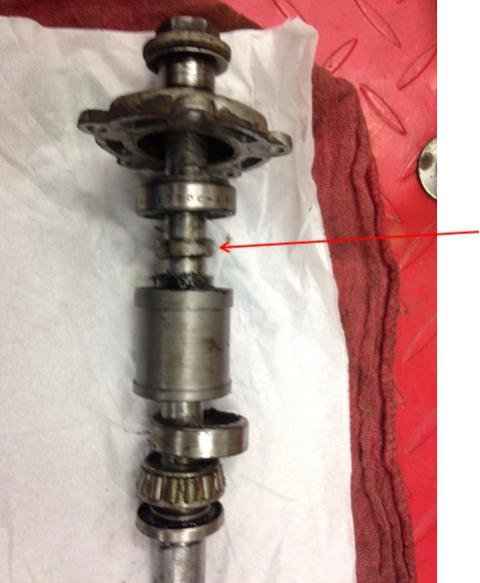Jeff488
Aspiring Profligate
Having discovered that all the wheel bearings need replacement, I have, with the help of Mr. Ausherman's website, removed the rear bearings.
I arranged the bits per the photograph on his site and find that the bearing cone is kept from seating into its cup by the wedding ring.
I don't see how the preload can be done in this configuration.
Here are pix of my problem. I obviously haven't cleaned anything yet and apologize for the slightly fuzzy photo, but the parts can be seen well enough, I think.


I noted that moving the wedding band to the other side of the bearing cone allowed the bearings to be preloaded, but that is not the way the stack is shown on Duane's site.
Help, please.
Thanks,
Jeff
I arranged the bits per the photograph on his site and find that the bearing cone is kept from seating into its cup by the wedding ring.
I don't see how the preload can be done in this configuration.
Here are pix of my problem. I obviously haven't cleaned anything yet and apologize for the slightly fuzzy photo, but the parts can be seen well enough, I think.


I noted that moving the wedding band to the other side of the bearing cone allowed the bearings to be preloaded, but that is not the way the stack is shown on Duane's site.
Help, please.
Thanks,
Jeff



 Anyway, you would try the fit again. Not good enough? Back to sanding. Always recheck the thickness...it's important you have both front a rear surfaces of the spacer parallel.
Anyway, you would try the fit again. Not good enough? Back to sanding. Always recheck the thickness...it's important you have both front a rear surfaces of the spacer parallel.